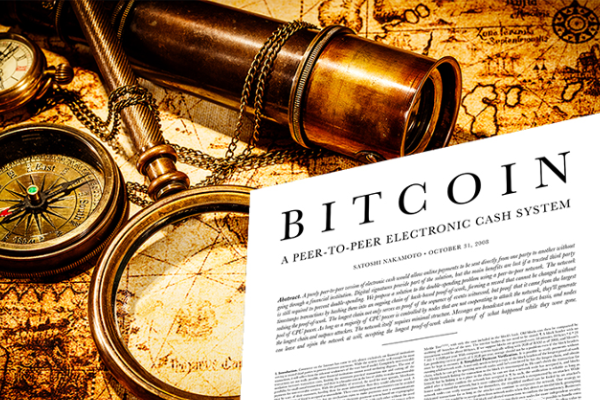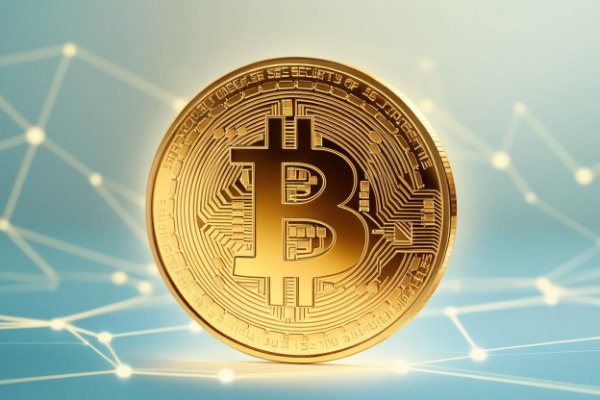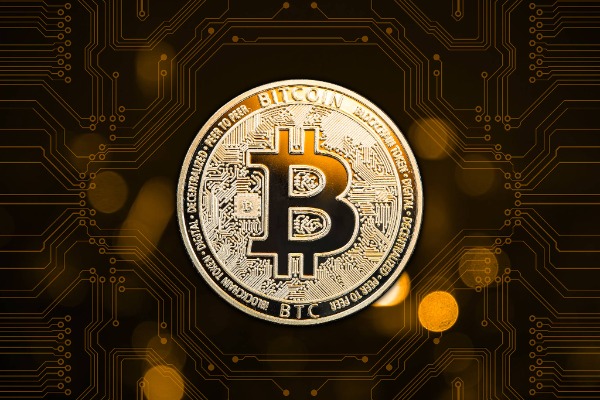How does Bitcoin work?

Unlike credit card networks like Visa and payment processors like Paypal, Bitcoin is not owned by an individual or company. Bitcoin is the world's first completely open payment network that anyone with an internet connection can participate in. Bitcoin was designed to work on the internet and does not rely on banks or private companies to process transactions.
One of the most important elements of Bitcoin is the blockchain, which tracks who owns what, similar to how banks track assets. The Bitcoin blockchain differs from a bank ledger in that it is decentralized, meaning anyone can view it and no one entity controls it.
Here are some details about how it works:
Specialized computers called "mining rigs" perform the equations required to verify and record new transactions. In the early days, standard desktop computers were powerful enough to participate, and almost anyone curious could try their hand at mining. Today, computers must be large, dedicated, and are usually owned by businesses or large groups of individuals who have pooled their resources. (In October 2019, it took 12 trillion times more computing power to mine a single bitcoin than Satoshi Nakamoto needed to mine the first blocks in January 2009.)
The collective computing power of miners is used to ensure the accuracy of the growing ledger. Bitcoin is inseparable from the blockchain; every new bitcoin is recorded on it, as are all subsequent transactions of all existing bitcoins.
How does the network incentivize miners to participate in the ongoing and important work of maintaining the blockchain (i.e., verifying transactions)? The Bitcoin network holds continuous raffles, in which miners around the world compete to crack the math puzzle. Every 10 minutes or so, a winner emerges, who updates the Bitcoin ledger with new valid transactions. The rewards change over time, but in May 2020, the reward for each winner of the raffle dropped from 12.5 BTC per block to 6.25 BTC. In 2024, the reward is further reduced from 6.25 BTC to 3.125 BTC as a mechanism to increase scarcity, with the introduction of halvings.
Initially, Bitcoin was technically worthless. At the end of 2019, it was trading at around $7,500; in November 2021, it was trading above $64,000. As Bitcoin's value has risen, its divisibility (the ability to buy a fraction of a Bitcoin) has become a key attribute. A Bitcoin is currently divisible to eight decimal places, or one millionth of a Bitcoin; the Bitcoin community calls this smallest unit a "Satoshi."
Satoshi set up the network to keep the number of Bitcoins at 21 million forever to ensure their scarcity. As of December 2023, there are still about 1.4 million Bitcoins available for mining. Theoretically, the last blocks will be mined in 2140.
Cryptocurrencies share some features with traditional currencies, such as being able to buy things with them or transfer money electronically, but they also have some interesting differences. Here are some of the highlights.
Bitcoin is the world's first fully open payment network that anyone with an internet connection can participate in.













